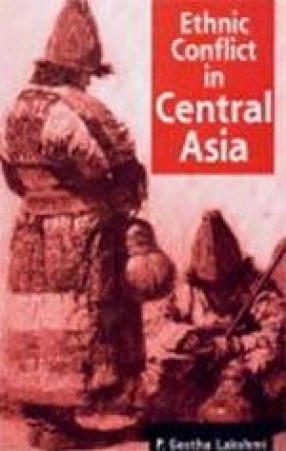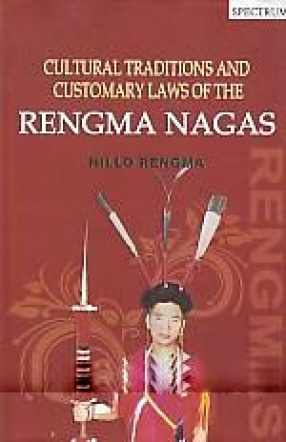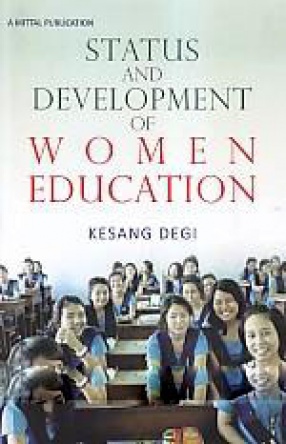The book is an excellent piece of comprehensive research carried out on the Ethnic Conflict in Central Asia. This region provides ideal cases for studying ethnic conflict due to its strategic location. The present work is the first ever-successful attempt made to study the problem from a comparative perspective. Tibet and Kazakhstan are the two cases considered for this purpose. Under communist rule, both Tibetans and Kazakhs suffered great losses—in terms of human lives, destruction of cultures, under development of native languages and attacks on religion and its manifestations, ultimately reducing them to minorities on their homelands. This book analyses the nationalities policies of the two communist regimes—China and the former Soviet Union—mainly focusing on developments since 1980s. The study reveals that the four modernization processes in China, perestroika and glasnost in Russia gave more freedom to minority populations besides strengthening ethnic separation. Concepts and methods from comparative studies, sociology, political science are widely used to make this study topical and relevant today. The main body of the study is historical analysis of ethnic conflict concepts and ethnic identity, as the two cases under study are rich in Buddhist and Islamic cultural identities. The nature, content and consequences of ethnic demonstrations in Tibet (centered in Lhasa) and in Kazakhstan (Alma-Ata, Novy Uzen) are described in detail and compared with each other. Towards the end, the book views the emergence of central Asian states as a result of ethno-nationalist re-assertions and explains Tibet’s failure to achieve a similar status in comparative terms.
Ethnic Conflict in Central Asia
In stock
Free & Quick Delivery Worldwide
reviews
Bibliographic information
Title
Ethnic Conflict in Central Asia
Author
Edition
1st ed.
Publisher
ISBN
8177555529
Length
xiv+228p., 23cm.
Subjects





There are no reviews yet.